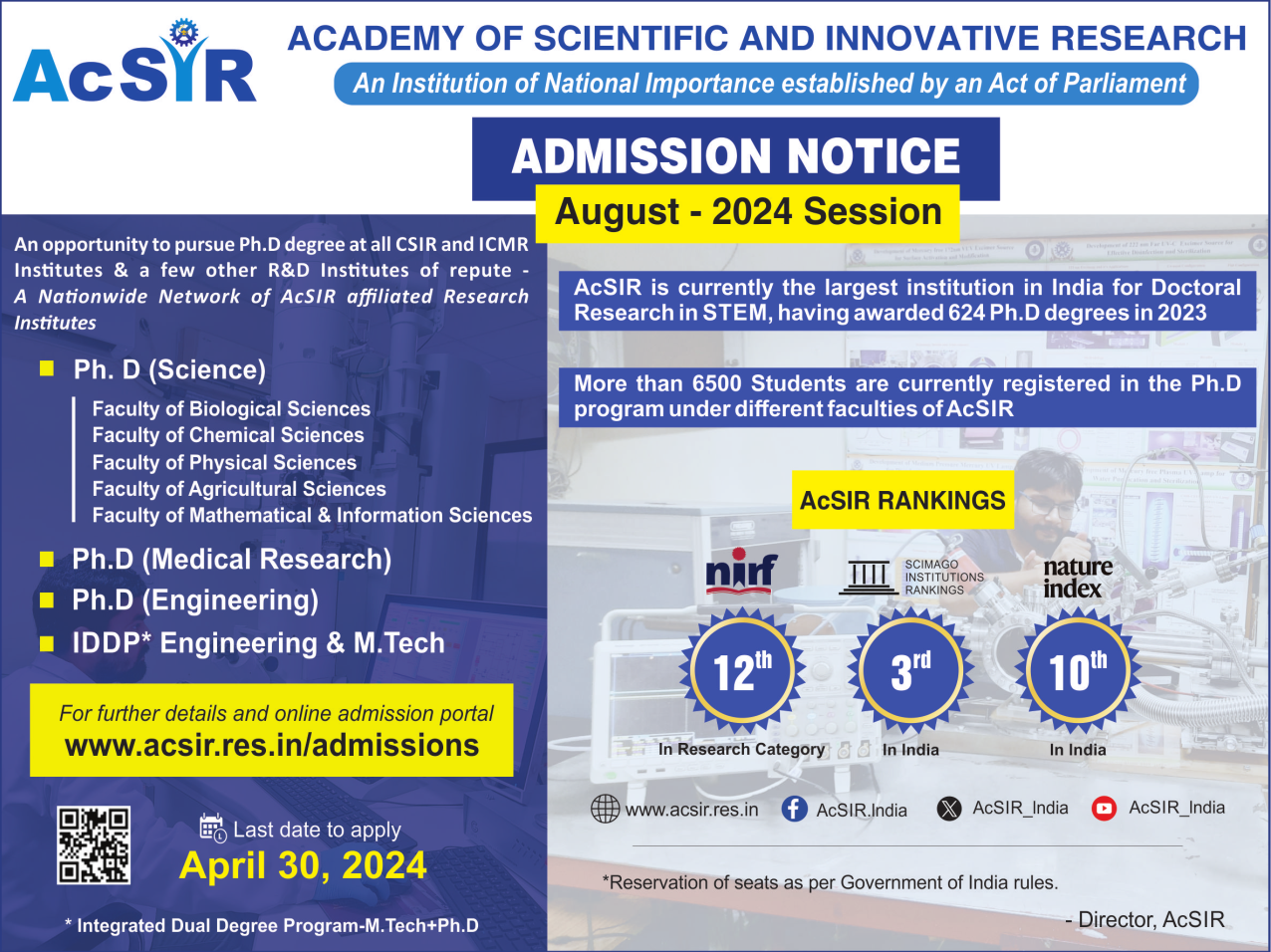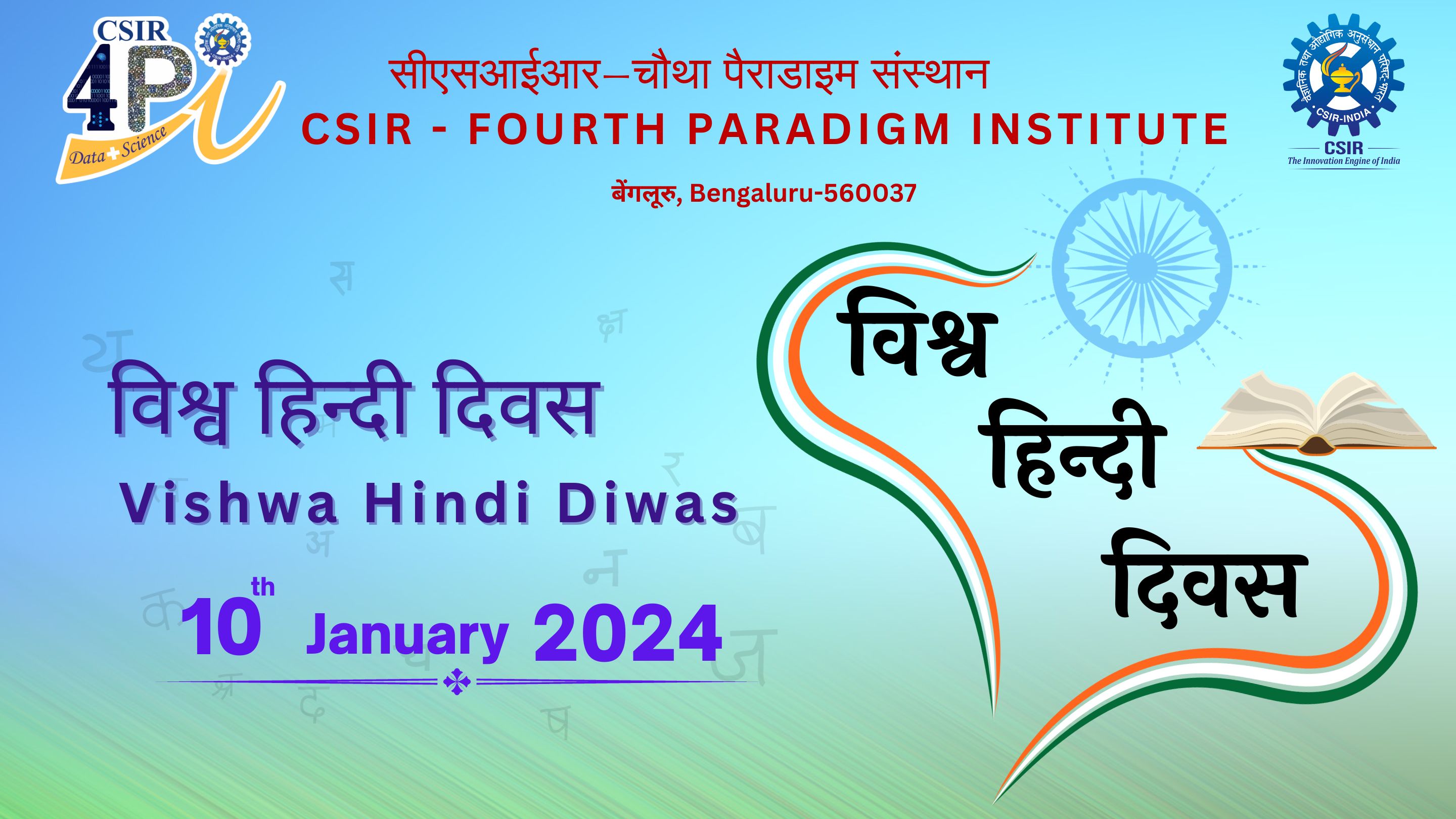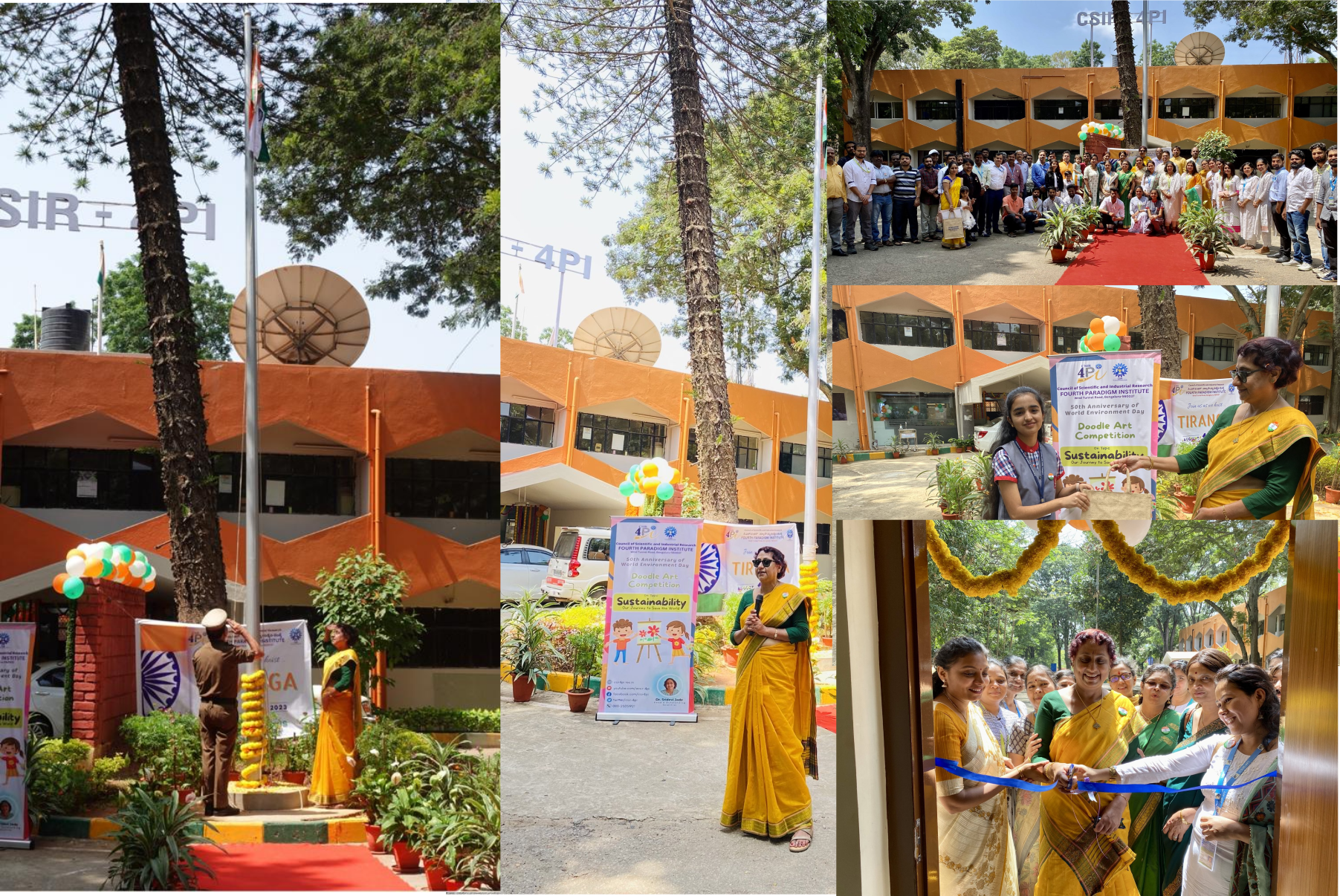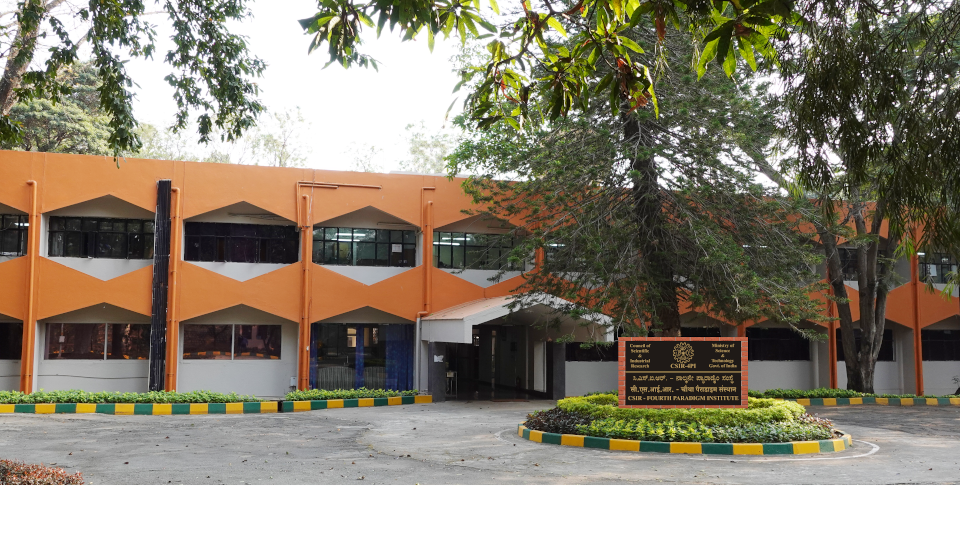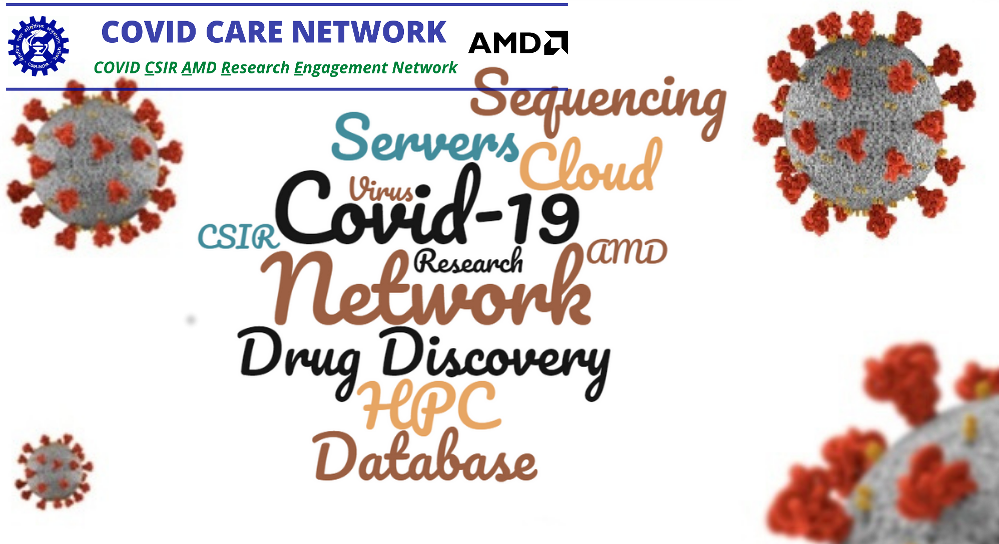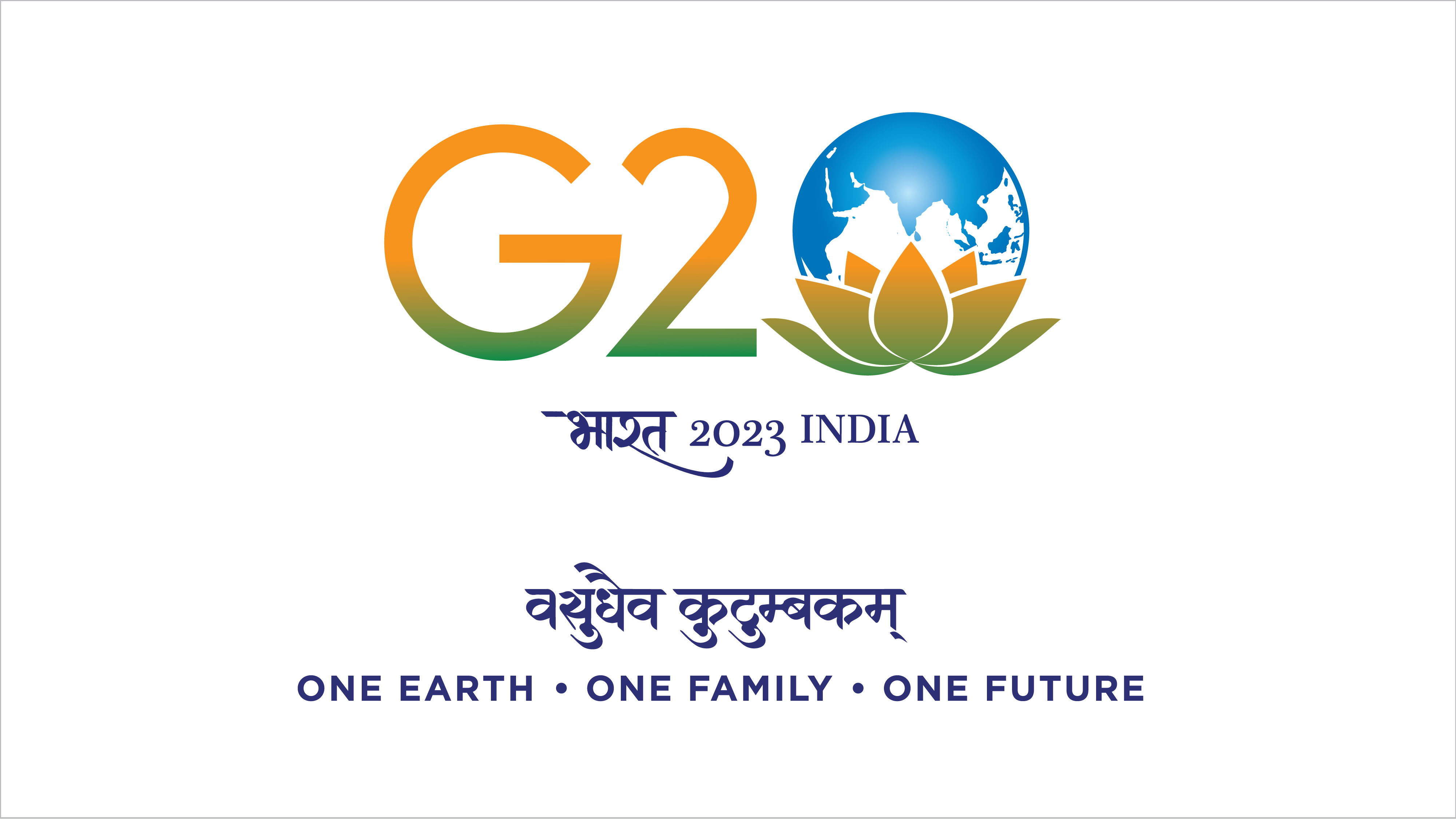by Kantha Rao Bhimala, V. Rakesh, K. Raghavendra Prasad & G. N. Mohapatra
Moderate Resolution Imaging Spectroradiometer (MODIS) normalized difference vegetation index (NDVI) data were analyzed to study the vegetation dynamics over different meteorological subdivisions in India for the period 2000–2016. Soil moisture (SM), rainfall (RF), and land use land cover (LULC) data were analyzed to identify the climatic and anthropogenic drivers that cause vegetation changes at the subdivision scale. Principal component analysis and MK (Mann-Kendall) test showed significant greening trend over semi-arid regions of Northwest India (NWI) and South India (SI) while slight browning trend seen over some of the subdivisions in Indo-Gangetic (IG) plains and Western Ghats (WG). It is found that the NDVI has superior correlation with soil moisture compared with rainfall and the croplands (CL) found to have significant increasing trend over the NWI and SI. Increasing trend in soil moisture over the NWI and SI may have contributed to increase in CL area and the greening trend. Over IG plains, the NDVI showed moderate correlation with SM and RF, and the greening trend (browning trend) in some regions can be attributed to increase in natural vegetation mosaic (decrease of CL). The NDVI has shown browning trend over the core monsoon regions of Madhya Pradesh (an increase of barren lands over west MP and decrease of CL over east MP) and Western Ghats (significant decrease of CL over Konkan and Goa). This study revealed that the soil moisture and LULC changes are the major driving factors for the vegetation changes over majority of the subdivisions in India.



